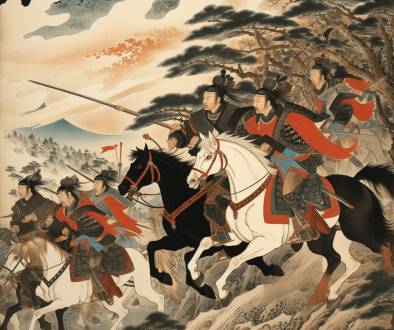Famous Samurai
Known as the medieval knights of Japan, Samurai have captured the attention of the world’s popular culture. With their fascinating ways, lifestyles, and strict code of honor, people have been captivated by their stories.
The reign of the Samurai lasted for many centuries in Japan and was ingrained in the civilization and culture. Many famous Samurai dominated the political and historical aspects of the lives of the Japanese people. The very values which formed many aspects of the Samurai’s ethical code became part of the governmental systems and national identity.
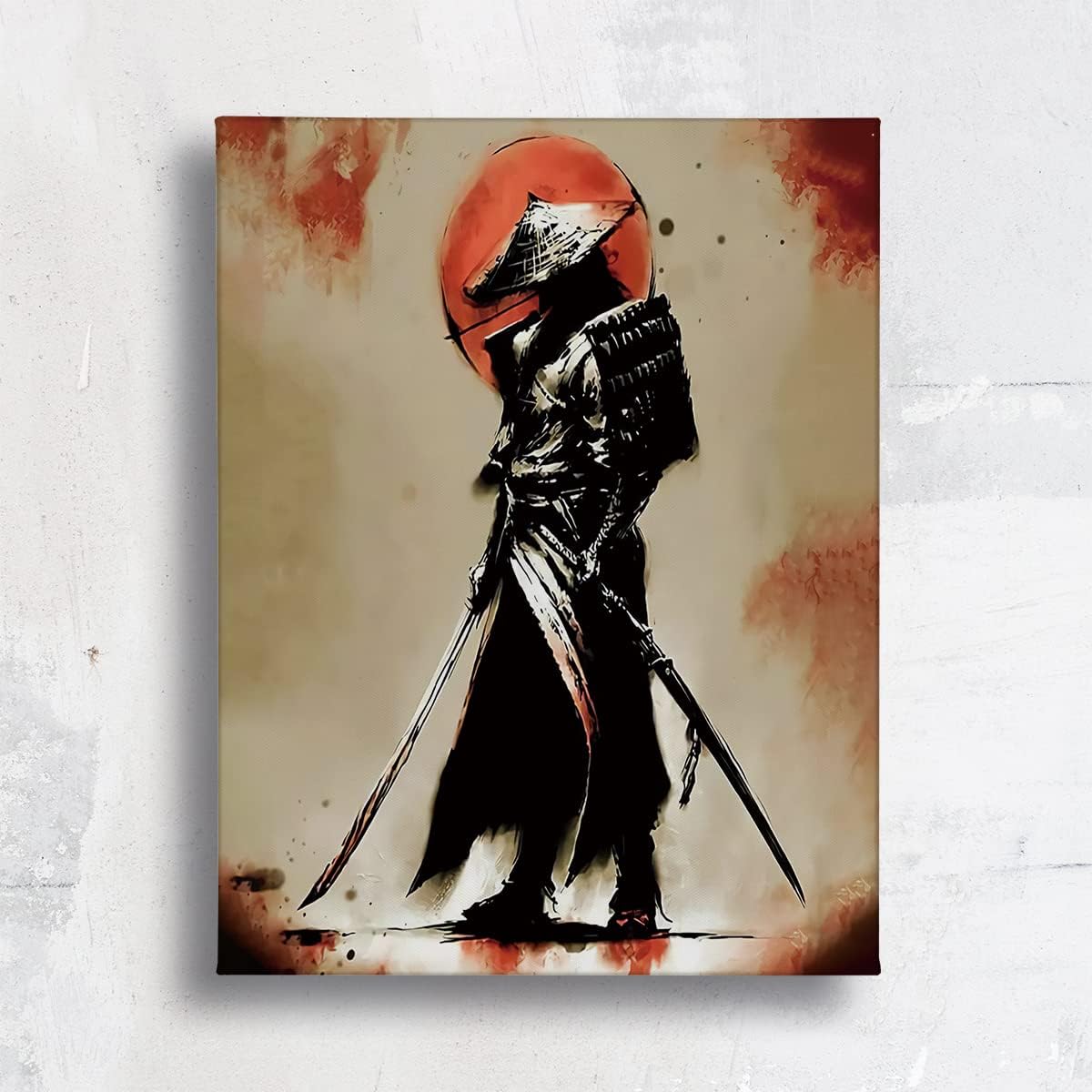
Even today as we marvel at the honor, courage, and discipline of the Samurai of history past, the lifestyles. The martial arts, and battlefield arts of the Samurai are still maintained with close tradition even today.
10 Famous Samurai Names
1.Oda Nobunaga (1524-1582)
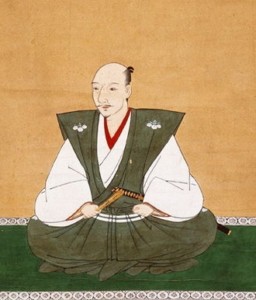
Regarded widely as the man who started the unification of Japan in the 16th century, Nobunaga was a pioneer. His life was filled with military conquest from an early age, and he was a well-respected military inventor who managed to increase the army’s firepower by adopting the firearms that they were using at the time.
Although he was rebellious in his youth, Nobunaga very quickly rose to become the ruler of one third of the territory of Japan. He was the nation’s most feared warlord. Exactly like a true samurai, Nobunaga was forced to commit suicide by one of his very own Shogun, Akechi Mitsuhide. This is known as the Honno-ji incident in Kyoto, and took place inside a temple. Read more about him here.
2. Toyotomi Hideyoshi (1536-1598)

Hideyoshi was the man to continue and finish the work of Nobunaga, and unify Japan. He added to the reputation of the Samurai by making it illegal, except for them to bear arms. Hideyoshi started his career serving Nobunaga’s army, and eventually rose to the rank of sandal bearer, otherwise known as aid to the Shogun.
Although Hideyoshi never claimed the Shogun title, he did still go on to serve as Japan’s absolute ruler from 1585 through to his death in 1598. Hideyoshi was a man who didn’t hold back in his vision of conquest, wanting to conquer China and Korea. This venture failed once his army which first marched on Korea became unable to go on due to logistical difficulties.
Until the 1890’s this would be Japan’s last attempt to wage war with a foreign power. Hideyoshi is widely credited for introducing the first census, an abolition of slavery, and the creation of the famous tea ceremony. Read a more in-depth article here.
3. Takeda Shingen (1521-1573)

Shingen was as well as being a powerful warlord, was also a skilled Buddhist mystic. His Buddhist name was actually Shingen, also know as his dharma. Although Shingen was a politician, a poet, and Buddhist, he was also a feared warrior, known as the Tiger of Kai. He gained power by seizing it from his weakened father. Another Daimyo, or warlord known as Nagao Kagetora engaged Shingen in a famous feud. He also fought hand to hand with a Shogun known as Useugi Kenshin. Shingen died during another battle, and the cause of death was mysterious, with many reasons given, such as arrow from a sniper, and pneumonia. You can find out more here.
4. Date Masamune (1567-1636)
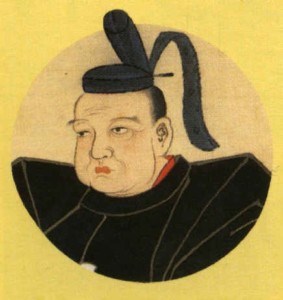
Masamune was known in Japan as the one eyed dragon. He was a feared warrior and connoisseur of of culture, and even showed respect to the Christians who arrived in Japan.Masamune was the ruler of the Tohoku region, he was also a respected trailer with the first person from Japan to establish direct contact with the Europeans. He even built a sailing ship in European style called the Date Maru, and it was in this ship that the first Japanese sailed to Mexico in. While they were in Rome they even paid a visit to the pope there.

Masamune founded the Japanese city called Sendai which is now the second-largest city north of Tokyo. He is also one of the most well-known and famous Samurai as he is often portrayed in dramas and movies. Masamune died in his bed of old age. Something very rare for a Samurai. Find out more about him in this longer article.
5. Tokugawa Ieyasu (1543-1616)


As far as powerful Samurai go, Tokugawa was one of the most feared. He founded the Tokugawa Shogunate, which was like the national elite army. They ruled Japan from 1603 until 1868. By backing Hideyoshi during the wars of the 1590’s, Tokugawa rose to power in Japan. Tokugawa went on to become his adopted son, after Hideyoshi crushed the last remaining independent Daimyo in Japan.
When Hideyoshi decided to invade Korea, Tokugawa did not lend his support. After Hideyoshi died, a war broke out between a Tokugawa and a Daimyo by the name of Ishida Mitsunari. This war ended with the Battle of Sekigahara, this was a huge display of strength, and one of the most important battles in Japanese history. Tokugawa defeated all his competition, and became the Shogun in 1603, and his family retained the title until 1868. Check out his life story here.
6. Miyamoto Musashi (1584-1645)

Perhaps the most famous of all Samurai, Miyamoto was considered to be Japan’s greatest swordsman. As well as sword fighter, he was a philosopher and author, and wrote the best selling Book of Five Rings. Widely recognised as one of the centuries most important work on philosophy and tactics.
Miyamoto won his first duel at the early age of 13. He then spent his entire life wandering through Japan and dueling. One of the last men he defeated was Sasaki Kojiro, and after which Miyamoto started his own school of fencing in 1612. Although he did live a very violent life, he died in his bed. Read his amazing story here.
7. Uesugi Kenshin (1530-1578)

Kenshin was a famous Daimyo who, as well as being known for his honorable conduct, and a legendary rivalry with the Samurai Takeda Shingen. Kenshin was known as such a fierce warrior that many of his people believed he was the incarnation of the Buddhist god of war, Bishamonten.
Kenshin also cared for his people, and became known as a respected administrator of the province of Echigo. He introduced many cultural improvements, and improved the lifestyle of the people that lived there. Kenshin also was one of the few that managed to resist Nobunaga’s attempts to consolidate all of Japan. There are rumours that he was assassinated by a ninja, but this was covered up with the explanation that it was stomach cancer. Find out more about his life here.
8. Hattori Hanzo (1542-1596)
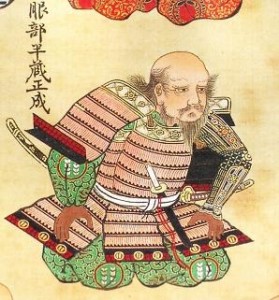
Hattori was a famous Samurai, who at the same time was also a ninja. He was a master of spear fighting, and he served as Tokugawa’s body guard, and was known to have saved his master’s life on a number of occasions. Hattori famously refused to follow the order to execute Tokugawa’s son, nobuyasu, who was accused of treason. When he retired, Hattori became a Buddhist monk, and built a popular Buddhist temple. He is another famous Samurai, being featured as a popular character in Japanese TV shows, movies, novels, and comic books. Read about his interesting life here.
9. Honda Tadakatsu (1548-1610)
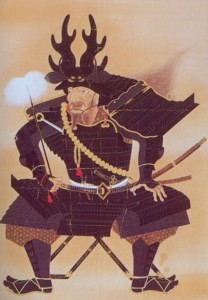
Tadakatsu was a famous Shogun and Daimyo. He was one of the Four Heavenly Kings who all served Tokugawa. He was known as the Samurai who commanded death, as he fought in over 100 battles and was never injured or drafted by another Samurai. Tadakatsu had quite a distinctive personality, he would wear a helmet with deer antlers on it, while carrying a famous spear called the Dragonfly Cutter. It was called this as a dragonfly landed on the spear and was cut in two. Find out more here.
10. Shimazu Yoshihisa (1533-1611)

As a Daimyo of the Satsuma Province, Yoshihisa led a very interesting life. He even reportedly married his own aunt at one point in his life. Yoshihisa was another Daimyo who resisted Hideyoshi’s efforts to unify the whole of Japan. After being defeated by Hideyoshi’s forces however, he retired and became a Buddhist monk, but this is only thought of as a smokescreen to him retaining rule over Satsuma and Osumi provinces. Yoshihisa died peacefully. Find out more about his life here.



